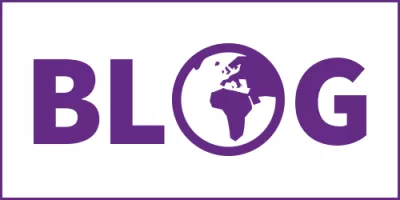The German Energiewende under lobby pressure

Germany currently faces a political challenge towards the transformation of its energy system, known as "Energiewende." Many people associate the "Energiewende" in Germany with the nuclear catastrophe in Fukushima 2011. However, the starting point for the German "Energiewende" is rooted in the increasing environmental awareness and the anti-nuclear movement of the 70s. In the 70s, the term "Energiewende" had already been coined and was used by nuclear opponents, who searched for alternative forms of energy supply (http://energytransition.de/2012/09/first-subchapter-chapter-4/). The nuclear power plant accident in Chernobyl in 1986, as well as the oil crisis in 1973 and 1979, reinforced the necessity for finding alternative energy sources and were the starting point for feed-in tariffs. In the late 80s, the first prototypes for feed-in tariffs were introduced for photovoltaic power in several towns in Germany. In these first prototypes, the compensation for the generated power was able to cover the initial investment costs. These first attempts led to the first German national feed-in tariff in 1991, known as the "Stromeinspeisegesetz" (http://energytransition.de/2012/10/renewable-energy-act-with-feed-in-tariffs/). Another important step towards the energy transition was the carbon reduction programme, which was supported through the Reconstruction Credit Institute (German: Kreditanstalt für Wiederraufbau - KfW Bank) in 1996 and focused on improving energy efficiency in buildings. Two years later, there were first steps towards liberalizing the German power market by changing the law on the energy industry. This turned the complete monopoly of the energy market into a more open market, thus making the grid accessible for renewable energies.
A few years before in 1993, the German electric utilities were still trying to convince the public that it would not be possible to cover more than 4% of electricity demand through renewable energies. As a result, there would be no alternative to nuclear energy to ensure low-emission electricity coverage (advertisement by the German electricity suppliers in June 1993: https://www.sfv.de/briefe/brief97_1/sob97135.htm). From a contemporary perspective, this message was a total misconception since the percentage of renewable energies in the German electricity consumption raised from 3.4% in 1991 to 24% in 2013 (AGEB, 2014 http://www.unendlich-viel-energie.de/media/image/4382.AEE_Strommix_Deutschland_2013_mai14_72dpi.jpg).
A decisive factor which advanced this sustainable development was the implementation of the renewable energy law, "Erneuerbare Energien Gesetz" (EEG), in 2000 (http://energytransition.de/2012/10/renewable-energy-act-eeg/). At the same time, the first phase out of nuclear power plants and the introduction of the renewable energy law were also decided upon by the German government.
In their nuclear amendment from 2010, the German government decided to extend the lifetime of the nuclear reactors at an average of 12 years, thus postponing the nuclear phase out. However, after the nuclear accident in Fukushima in March 2011, in Germany the eight oldest nuclear power plants were shut down. Furthermore, the lifetime extensions for the nuclear power plants were revised, and the nuclear phase out was brought forward again until 2022 (http://energytransition.de/2012/09/i-sub-2-1/).
The thereby created power supply gap is already now closed by renewable energies. According to the German Economic Ministry (BMWI http://www.bmwi-energiewende.de/EWD/Redaktion/Newsletter/2014/35/Meldung/rueckgang-energieverbrauch-meldung.html), renewable energies covered 27.3% of the German electricity consumption in 2014. In contrast, electricity generated from conventional energy sources decreased over the same period.
The German government just confirmed the CO2 reduction target of lowering emissions 40 percent compared to 1990 levels. To fulfil this announcement, the next important steps in Germany are reconsidering the market design for electricity, ensuring that renewable energy usage can continue to rise, and phasing out electricity generated from very dirty sources such lignite.
Dieser Beitrag erschien zuerst am 25.12.2014 auf der Seite der "Japan Renewable Energy Foundation": http://jref.or.jp/en/column/column_20141225.php

